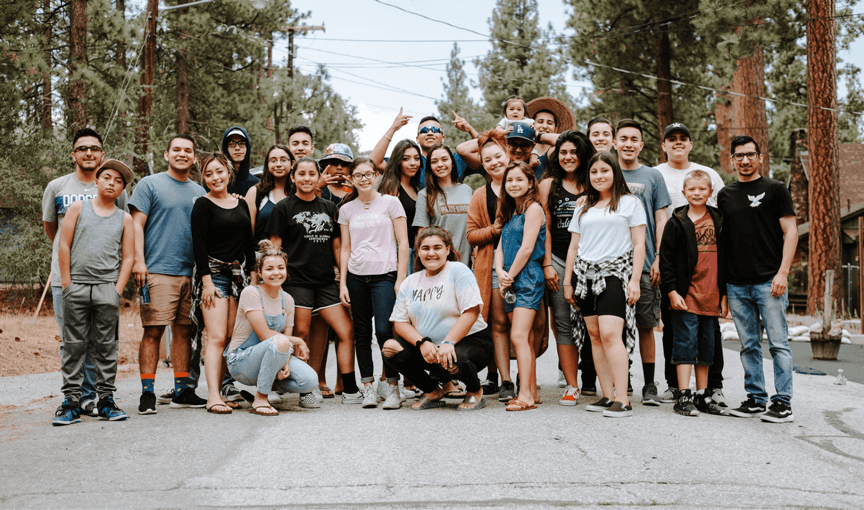We created Storytime AI to help address one of the most urgent challenges in education worldwide: the early literacy gap. According to data from UNESCO over 700 million children globally are not reading at grade level, with barriers ranging from limited access to books to a lack of culturally relevant or inclusive content. These early gaps have lifelong consequences.
Our CEO was a former educator who teach in the island nation of Vanuatu in the South Pacific. During his time there, he saw how many children from under-resourced communities, multilingual households, or with special needs struggle to find stories that reflect who they are. We also recognized the potential of AI to be more than a novelty or shortcut. Used wisely, it can be a powerful force for equity.
Storytime AI is a personalized reading platform that uses generative AI to create custom books and read-along videos for children in 194 languages. Each story is tailored to a child's name, culture, language, and interests which helps them build confidence, fluency, and a love of reading.
Our goal is simple but bold: make literacy joyful, inclusive, and accessible to every child everywhere.
Storytime AI is a mobile platform that creates personalized books and read-along videos for children using generative AI. The journey starts with a simple input—name, age, language, reading level, or interests—and instantly produces a fully illustrated, narrated book along with an AI-generated video that brings the story to life.
Each book is personalized and can be read to the child. Each book can be converted into a read-along video that includes voiceover narration, and music making it perfect for early readers, multilingual learners, and children with special needs. Families and teachers can stream stories and build custom playlists around classroom themes, language development, or SEL goals.
Educators use Storytime AI to engage reluctant readers, support IEPs, or reinforce comprehension through multimodal learning. Parents use it for bedtime routines, language exposure, or to celebrate cultural identity. Children explore books that reflect their names, lives, and dreams which better engages them building confidence and joy around reading.
The platform works in 194 languages, supports diverse illustration styles, and can be used on phones, tablets, and web making it accessible in both modern and low-resource settings. With playlists, read-along videos, and culturally relevant stories, Storytime AI transforms reading into a joyful, personalized, and immersive experience.
Storytime AI has grown rapidly through a combination of organic adoption, strategic partnerships, and mission-aligned marketing. Since launching, it has reached families and educators in over 194 countries, with usage accelerating through app stores, word of mouth, and social media.
We’ve seen strong traction from educators including special education teachers using Storytime AI for social stories and IEP support, as well as multilingual educators looking to create inclusive, language-accessible content.
We are now expanding through strategic pilots with K–12 schools, offering free and tiered access for educators, along with personalized onboarding and professional development.
Partnerships with literacy organizations, educational influencers, and edtech accelerators (including our selection to the 2025 Milken-Penn GSE Education Business Plan Competition) are helping amplify reach and credibility.
From classrooms to living rooms, Storytime AI is spreading because it solves a real problem with a joyful, inclusive solution and because it empowers every child to see themselves in the stories they read.
Since launch, we’ve continuously enhanced Storytime AI based on user feedback and classroom needs. One major evolution has been expanding creative control allowing users to choose different story formats, customize characters, and co-author narratives. This shift empowers children to be storytellers, not just readers, fostering creativity and self-expression.
For educators, we are piloting classroom-specific features that will better support teacher and student success.
We’ve significantly expanded our language offerings from 70 to 194 languages, now supporting virtually every major spoken language globally. We’re currently working to add more indigenous and endangered languages to ensure even broader inclusion.
On the technical side, we’ve upgraded our underlying AI models for more accurate, expressive text and narration. We're also testing image-to-video generation to offer fully animated read-along videos transforming static content into dynamic, immersive experiences.
Every enhancement is guided by our mission: to make personalized, joyful literacy accessible to all children, no matter their background or learning needs.
Trying Storytime AI is easy and accessible. You can start by downloading the app from the Apple App Store or Google Play Store and creating your first personalized book or read-along video in just minutes. It’s free to get started, with additional credits available for expanded use.
For educators or schools, we have an Educator Program that provides free access in exchange for feedback. Educators who participate will be able to join our pilot program for the web-based platform, which will provide free credits and the ability to explore new tools tailored for instruction, social-emotional learning, and multilingual support.
If you're a literacy nonprofit, library, or district leader, you can also reach out directly to explore bulk access, co-branded partnerships, or grant-supported distribution.
To get started, visit https://storytimeaiapp.com or search for Storytime AI in your device’s app store.



